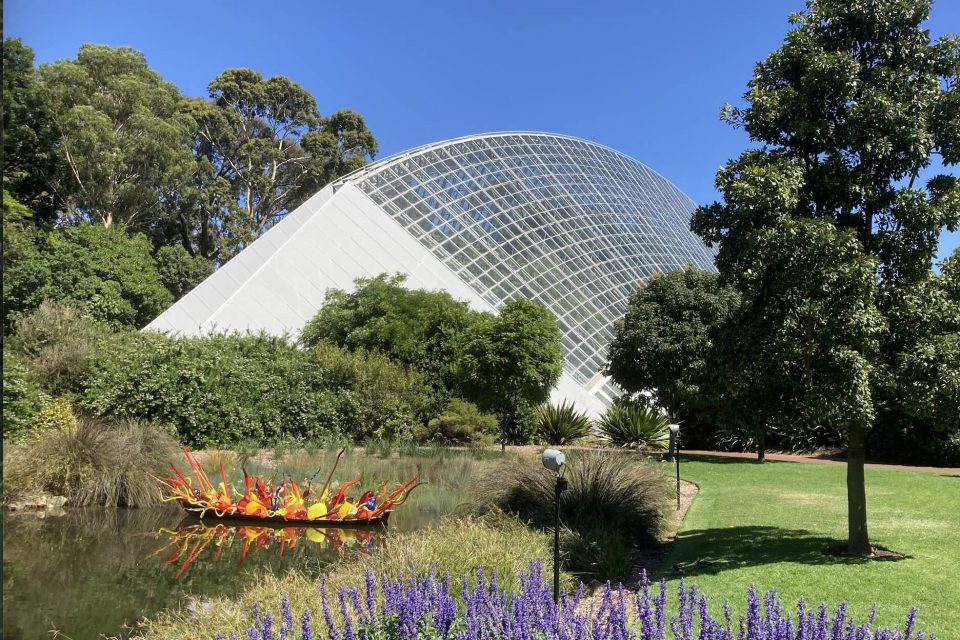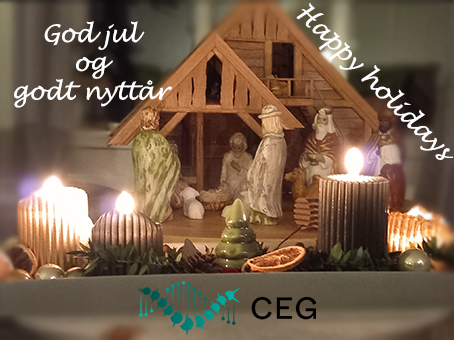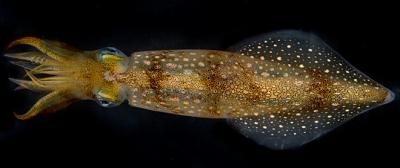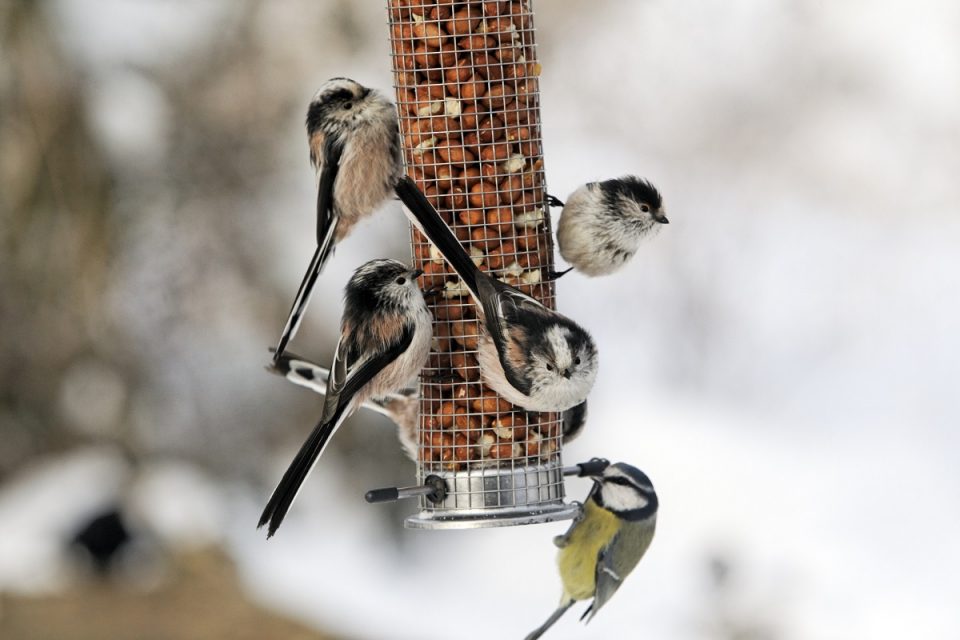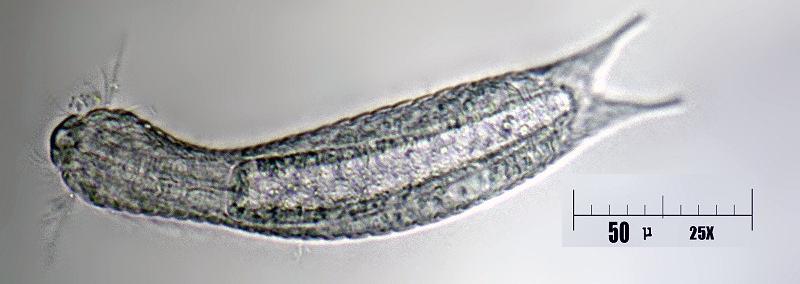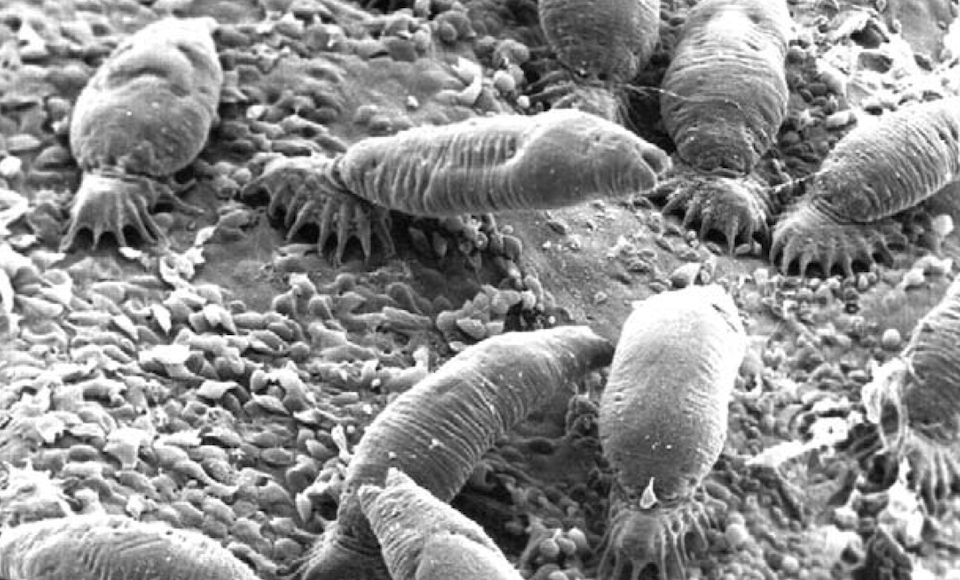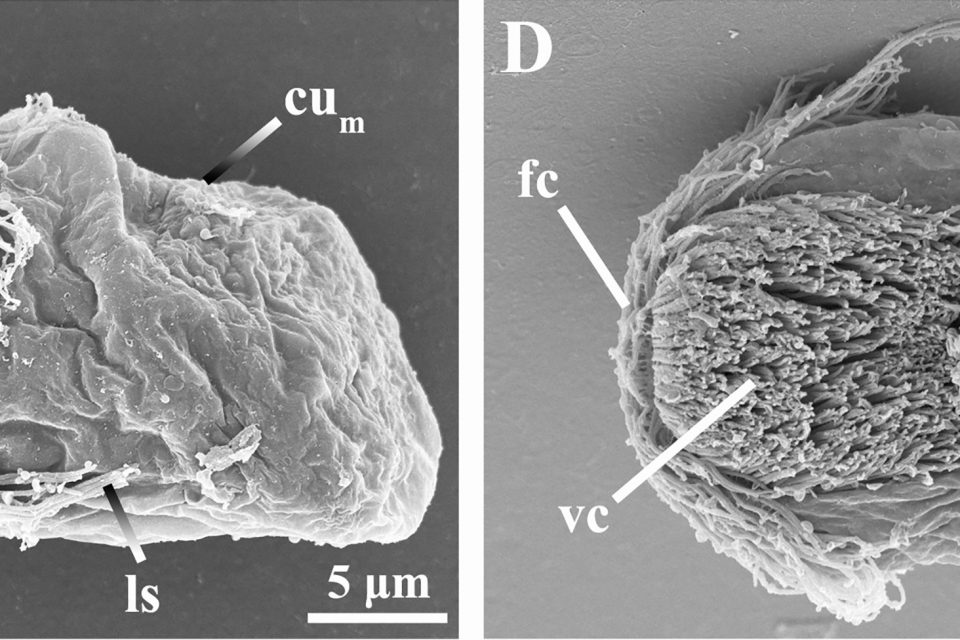
Group of the month: Cycliophora – the ringbearers and the “Norwegian” phylum
This month I will present to you a very small phylum of animals – both in size and in number of species. The phylum Cycliophora, which means the ring-bearer, comprises exactly one genus and two described species. These species are about 350 µm in body length, which is […]
